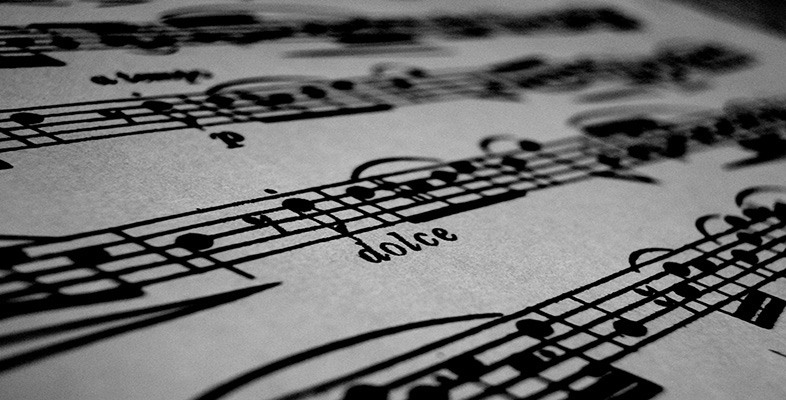2 Sundanese gamelan music and its reception
2.1 Gamelan music in context
We now focus on Sundanese gamelan music and see something of its traditional performance context. You can hear some of the music and see the instruments in OpenLearn course AA302_1 Composition and improvisation in cross-cultural perspective. Here we turn our attention to what the music is used for, and when, why and for whom it is performed. We will also be looking at the way the audience responds to the event and considering some views on Sundanese aesthetics.
Gamelan music is rarely played in a concert setting. Much more often, both in Sunda and elsewhere in Indonesia, it is performed as an accompaniment for either dance, dance-drama or (most commonly) highly sophisticated puppet theatre. Indonesian puppet shows, or wayang, come in various forms. Probably the best known in the West is the central Javanese wayang kulit (shadow puppet); in Sunda the more common form is the rod-puppet, or wayang golék. Section 2.2 is concerned with Sundanese gamelan music as an accompaniment to wayang golék performance.
